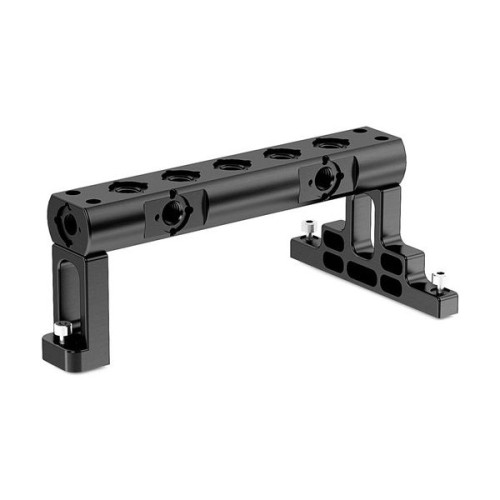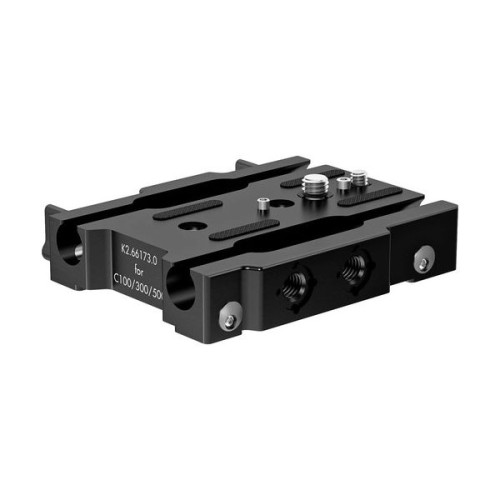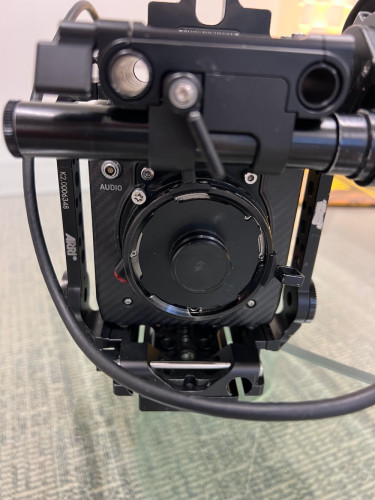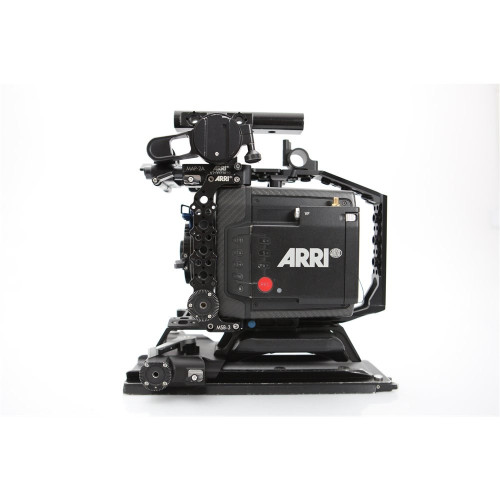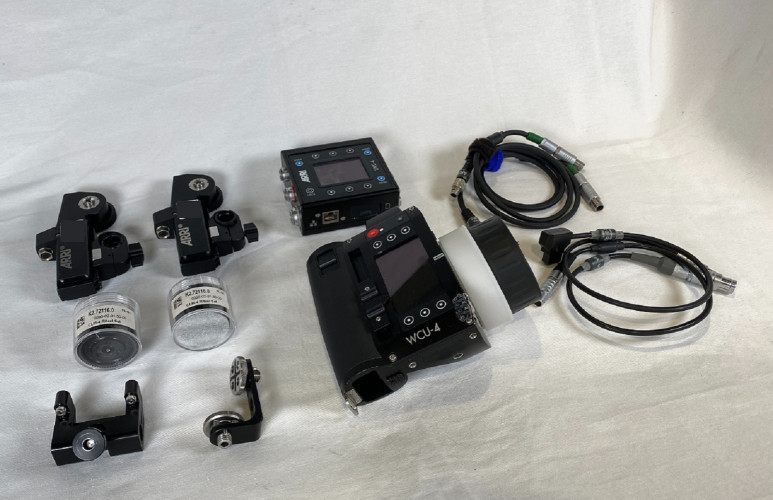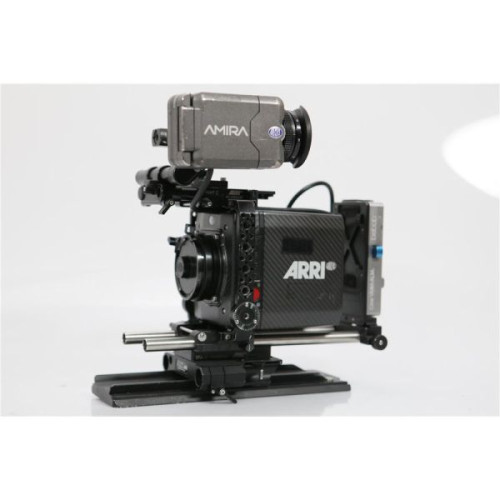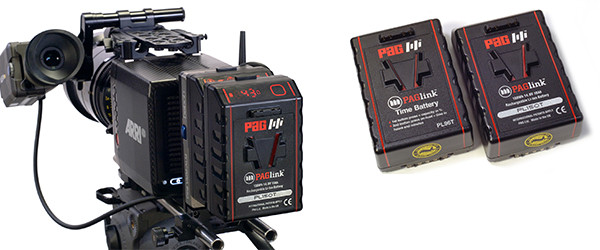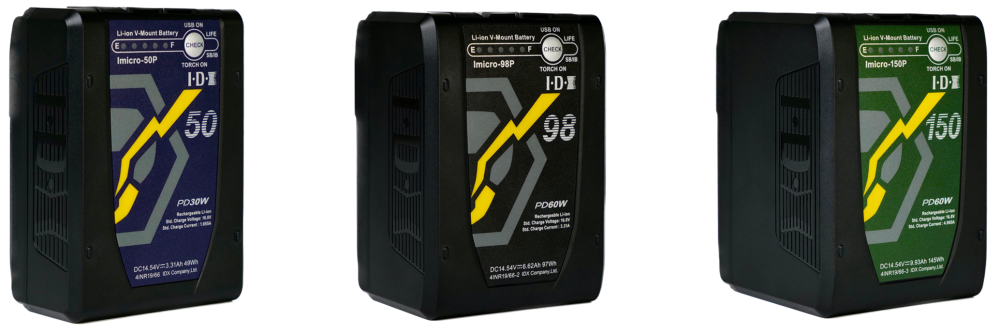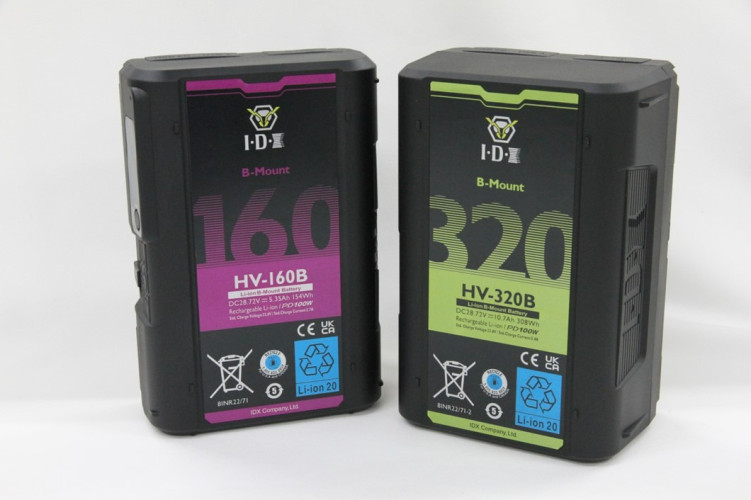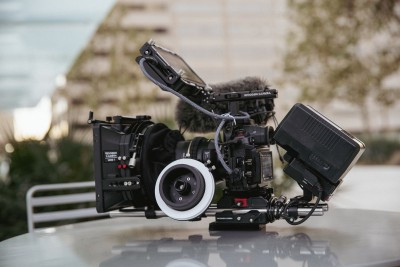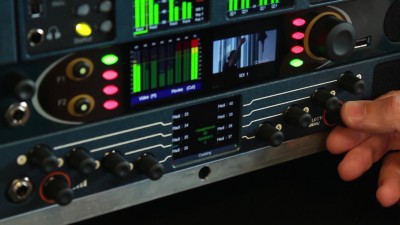by Steve Emmett
Issue 82 - October 2013 PAG is now hearing more frequently of incidents where air transport rules for Lithium-Ion batteries are being enforced more rigorously by airlines. Camera crews are often unsure of the regulations and can face problems if they break these rules. We were recently informed of a cameraman, travelling from Denmark to Germany, whose batteries were removed from his luggage and destroyed by the airline. You will only find out that the batteries have been confiscated when you arrive at your destination. Your camera power system is a vital part of your production kit. Follow the guidelines set-out below to ensure that flying with your batteries does not leave you powerless on arrival.
The International Air Transport Association (IATA) in co-ordination with the International Civil Aviation Organisation (ICAO) and the United Nations (UN) set the rules regarding the air transport of Li-Ion batteries, as well as providing guidelines and procedures for battery manufacturers to ensure safety.
The IATA Li-Ion Battery Guidance Document (2013) requires the independent testing of each type of Li-Ion battery, not just the individual cells, to ensure that the design and construction are compliant with the stringent regulations. This is a costly process for the manufacturer, but it should assure you that the battery design is safe and of the highest possible professional standard. If successfully certified, the battery receives a test report, which manufacturers can provide as proof of UN testing. Without evidence of UN testing batteries could be confiscated. PAG batteries carry a label that clearly displays the UN test number. In addition to independent UN testing, Air Transport authorities now require Li-Ion battery manufacturers to demonstrate that they have a quality management programme in place, such as the coveted ISO 9001:2008 standard, which has been accredited to PAG.
The number of spare Li-Ion camera batteries that can be taken on-board passenger aircraft is limited according to their watt-hour rating. UN tested Li-Ion batteries that have capacities of no more than 100Wh can be carried in the hold if they are installed in or on the equipment that they are designed to power, but spare batteries must be carried on in hand luggage. You risk confiscation and destruction of any spare batteries that are checked into the hold, and we know of many instances where this has happened this year.
Batteries that have capacities greater than 100Wh, but no more than 160Wh, can be carried in the hold installed with the approval of the operator, but only two spare batteries can be carried on as hand luggage.
Batteries that have capacities greater than 160Wh cannot be transported on passenger flights. One of the reasons why PAG introduced its PAGlink system of linkable 96 watt-hour batteries, was so that crews could travel legally by air with their batteries, and then link them on location to create capacities of 192Wh, 288Wh or more (capacities that are above the legal flying limit). These are the key things to remember when travelling with Li-Ion batteries:
- Only fly with Li-Ion batteries that have a UN test number for the pack assembly (not just the cells).
- Only fly with batteries manufactured by a company that has a quality control programme, such as ISO 9001:2008.
- Do not check-in spare Li-Ion batteries with cameras as hold luggage.
- Do not carry on more than two Li-Ion batteries that have capacities greater than 100 watt-hours.
- Do not fly with Li-Ion batteries that have capacities greater than 160 watt-hours.
- Take the battery manufacturers Air Transport Declaration with you.
- Inspire confidence in airline staff by protecting your batteries: keep them in their original boxes, put them in plastic bags or put tape over the contacts, and keep them separated in your hand luggage.
- Do not link batteries together in your bag for transport.
Transporting Li-Ion Batteries by Air Freight and Road Freight Battery manufacturers can send staff on Civil Aviation Authority approved training courses to gain the relevant knowledge and authority for packing Li-Ion batteries, and shipping them by air or road freight. The quantities and weights must be within the allowed limits. They must be in the correct packaging made from the correct materials, and carry all the mandatory markings and signed shipping documents. Note that failure to declare Li-Ion batteries in an air cargo shipment is a criminal offence and carries severe penalties.
PAG offers free advice for anyone with concerns about shipping Li-Ion batteries. Please feel free to call on +44 (0)20 8543 3131.
Could you be powerless on arrival?

Author: Steve Emmett
Published 1st November 2013



